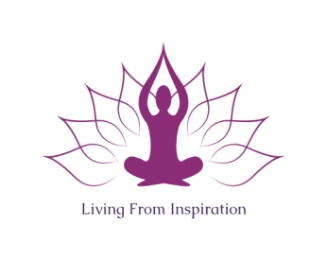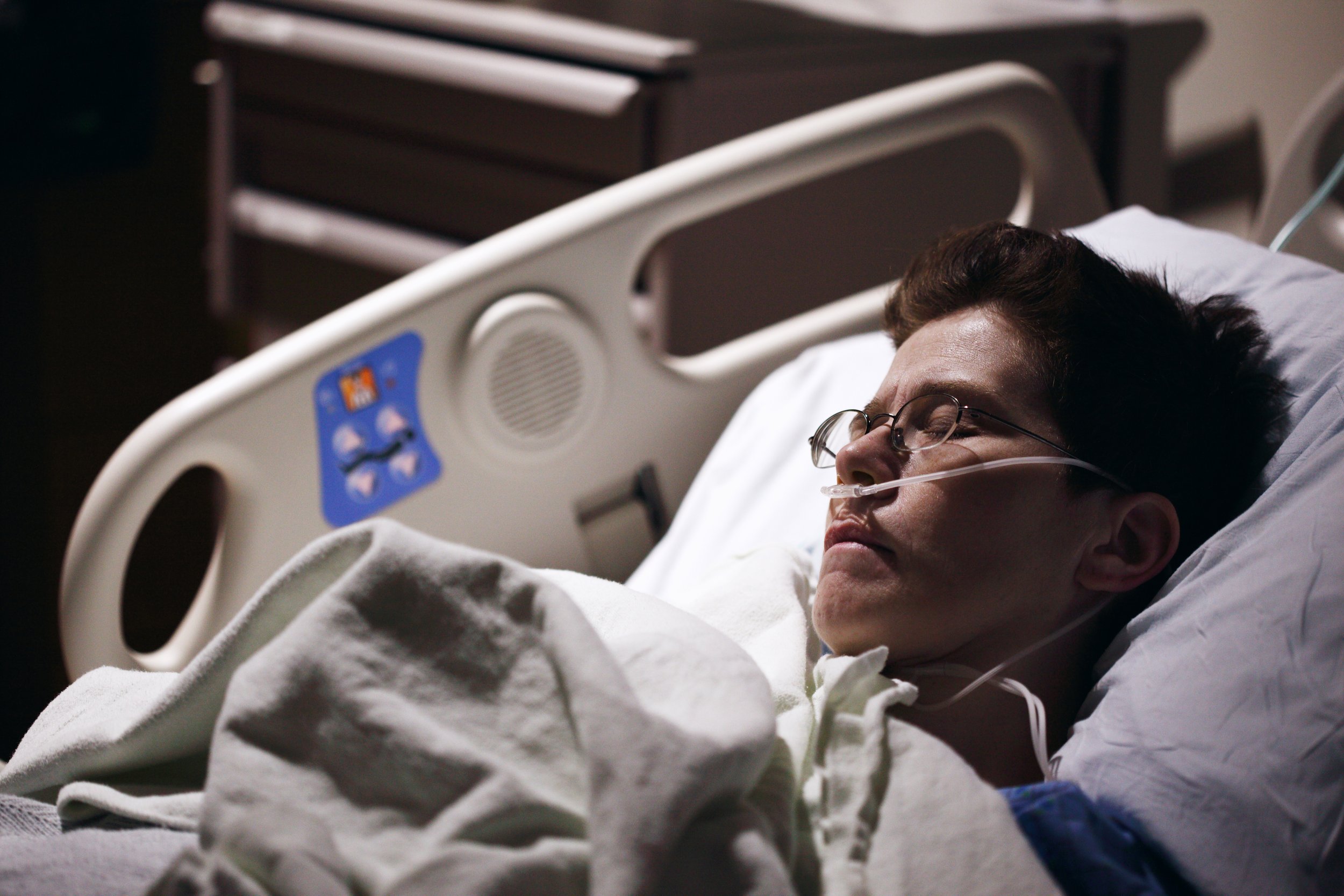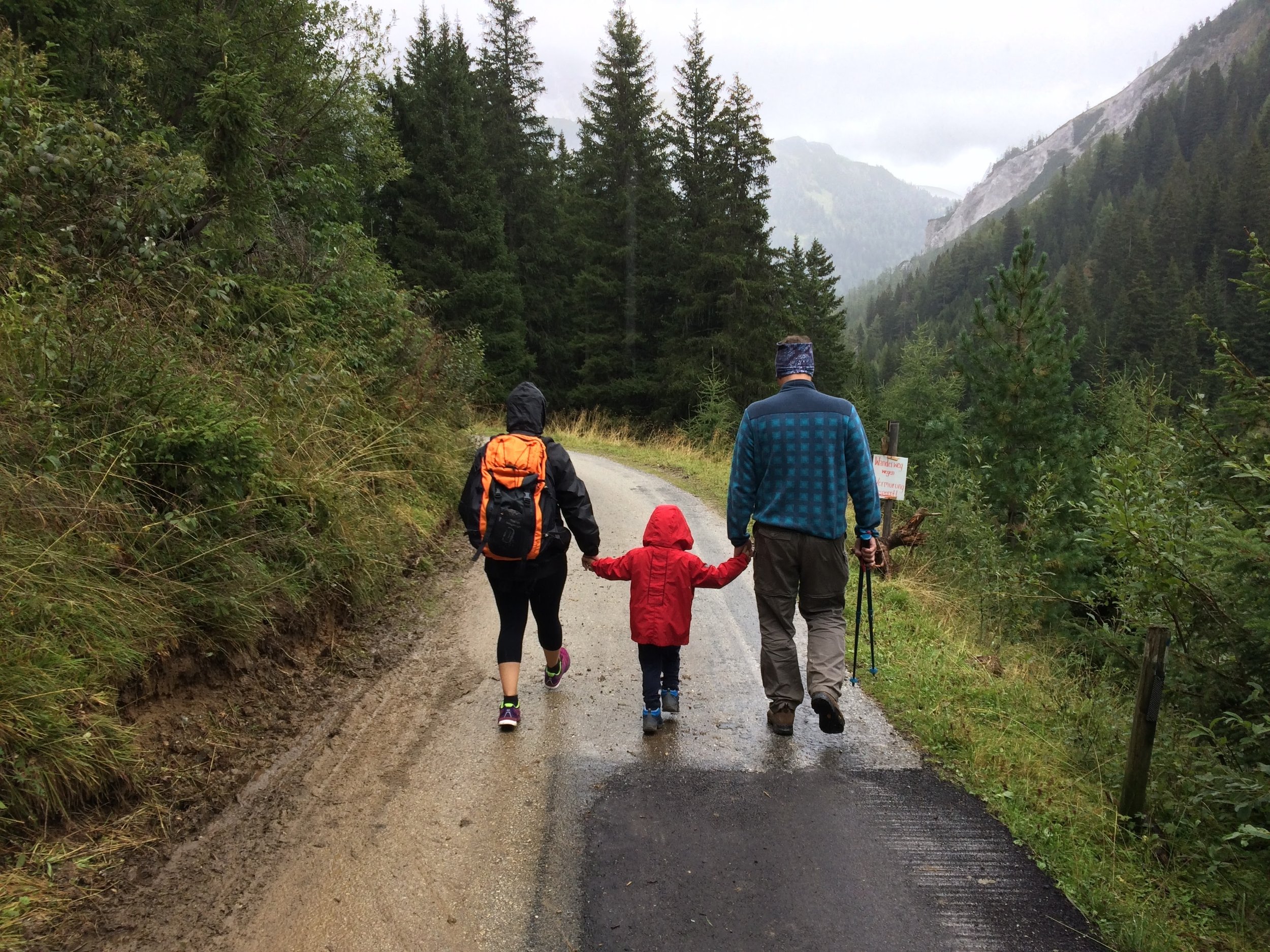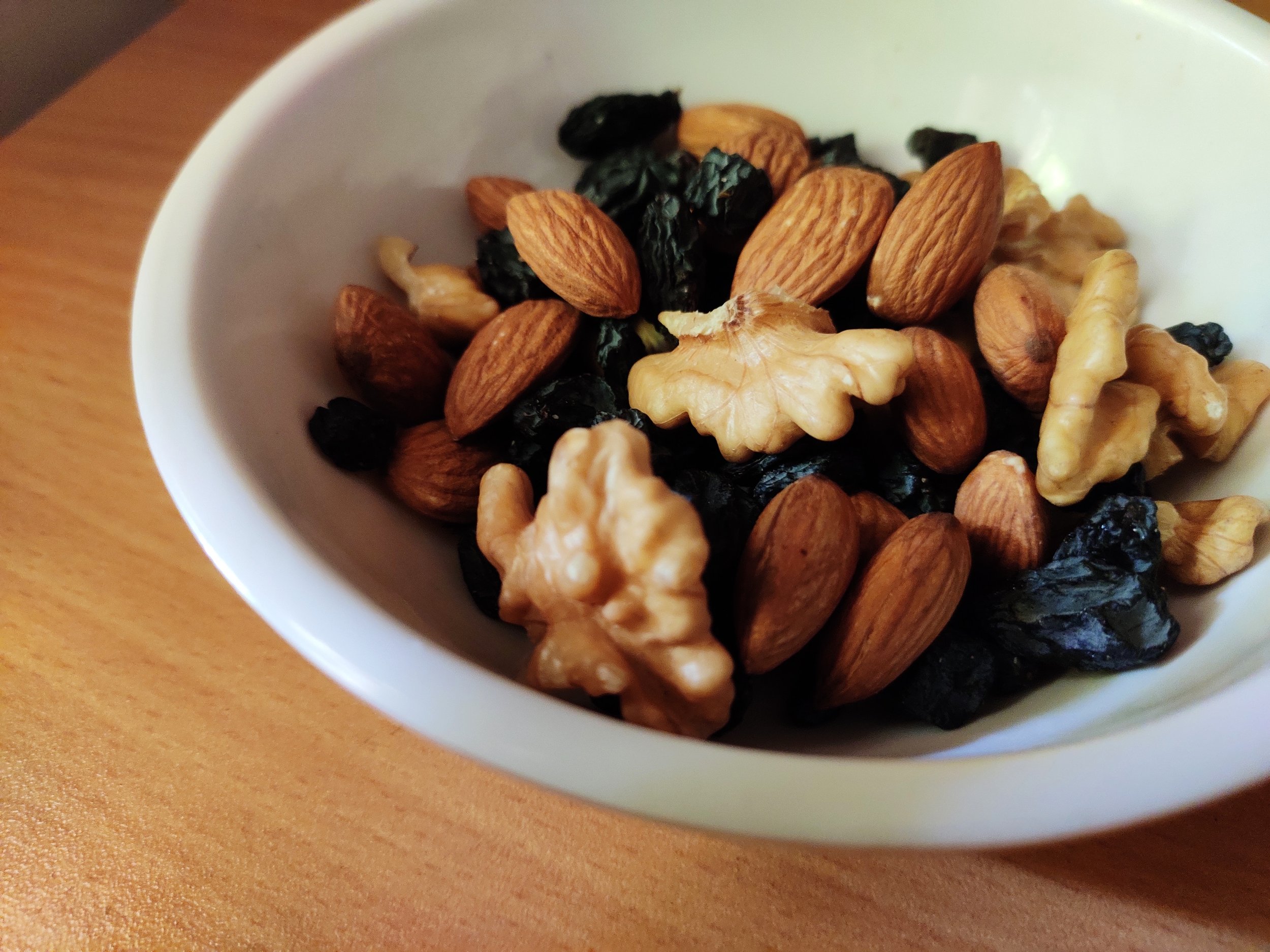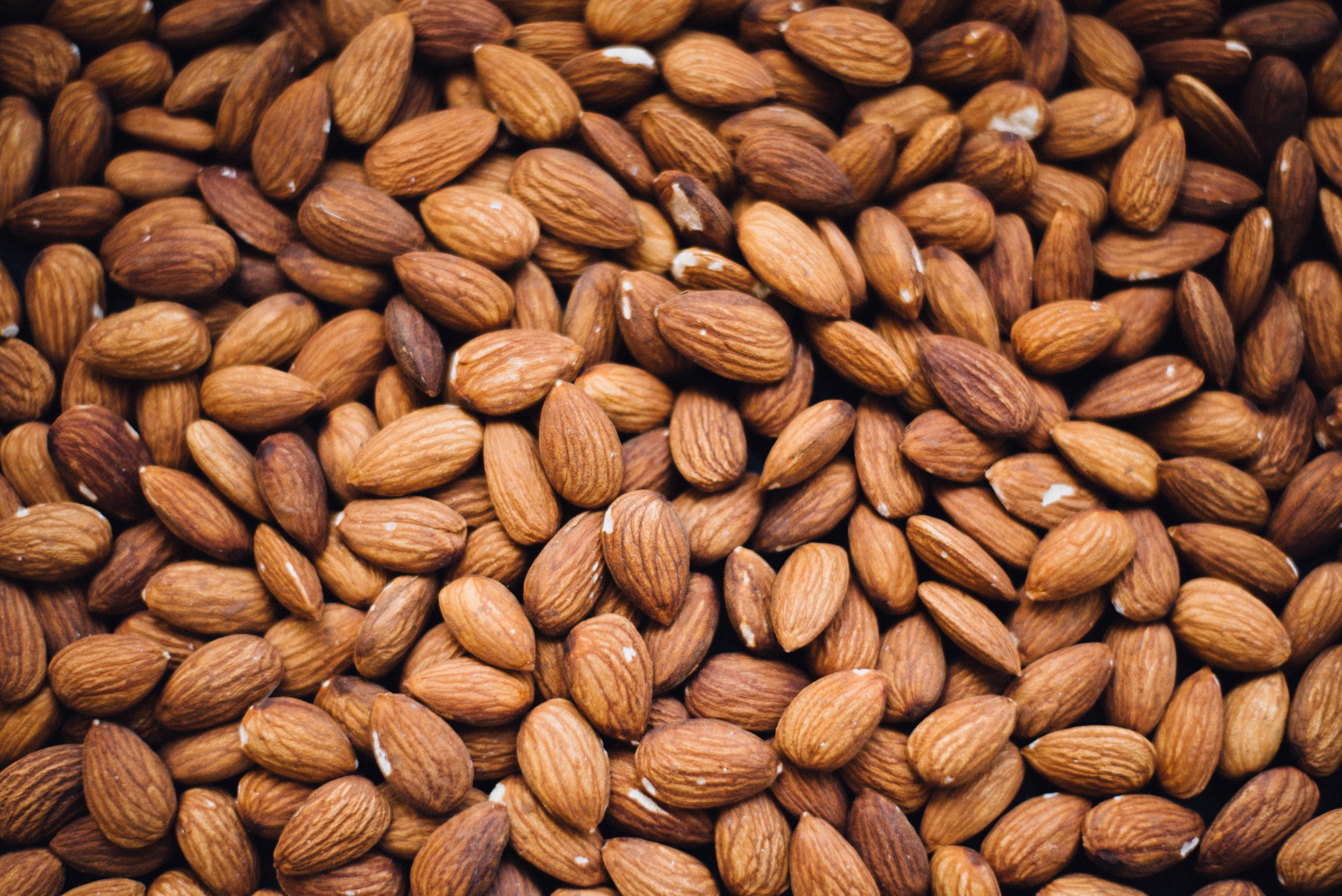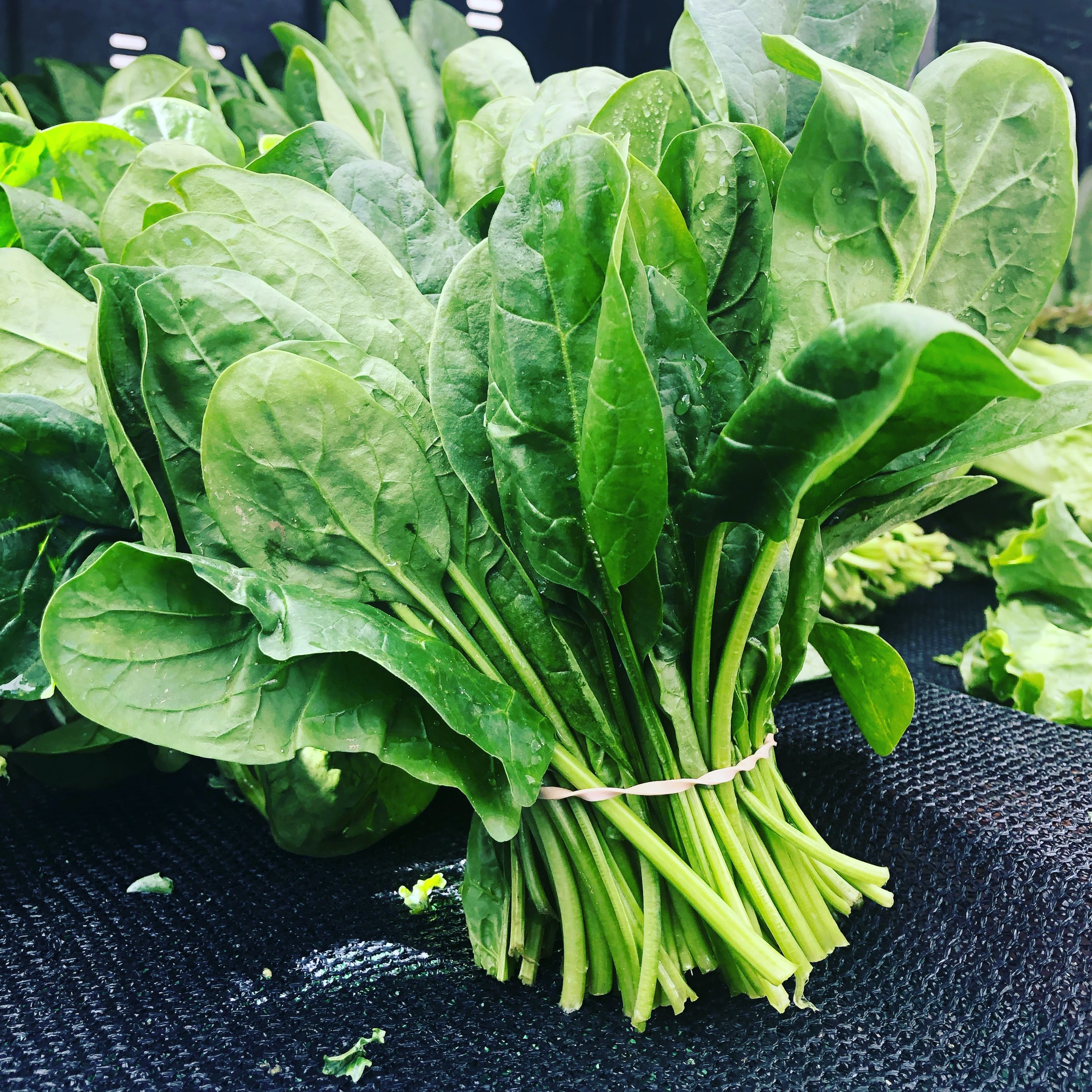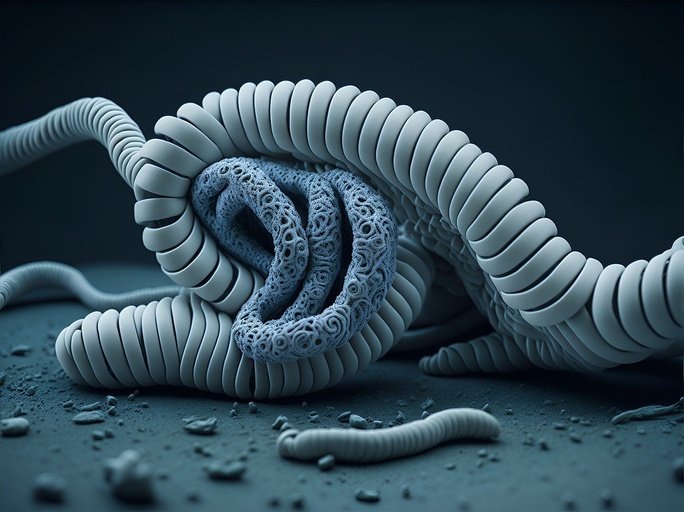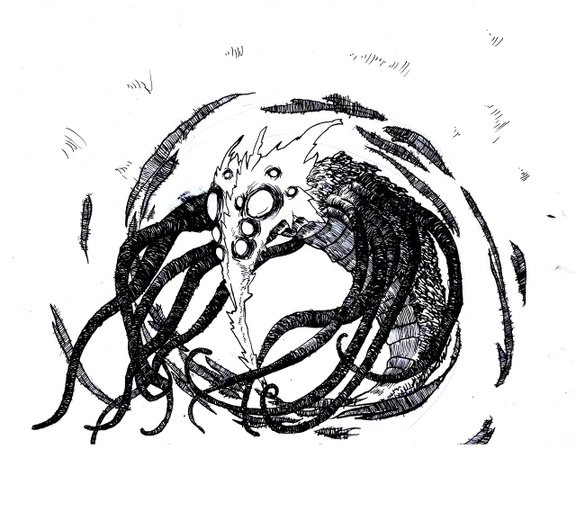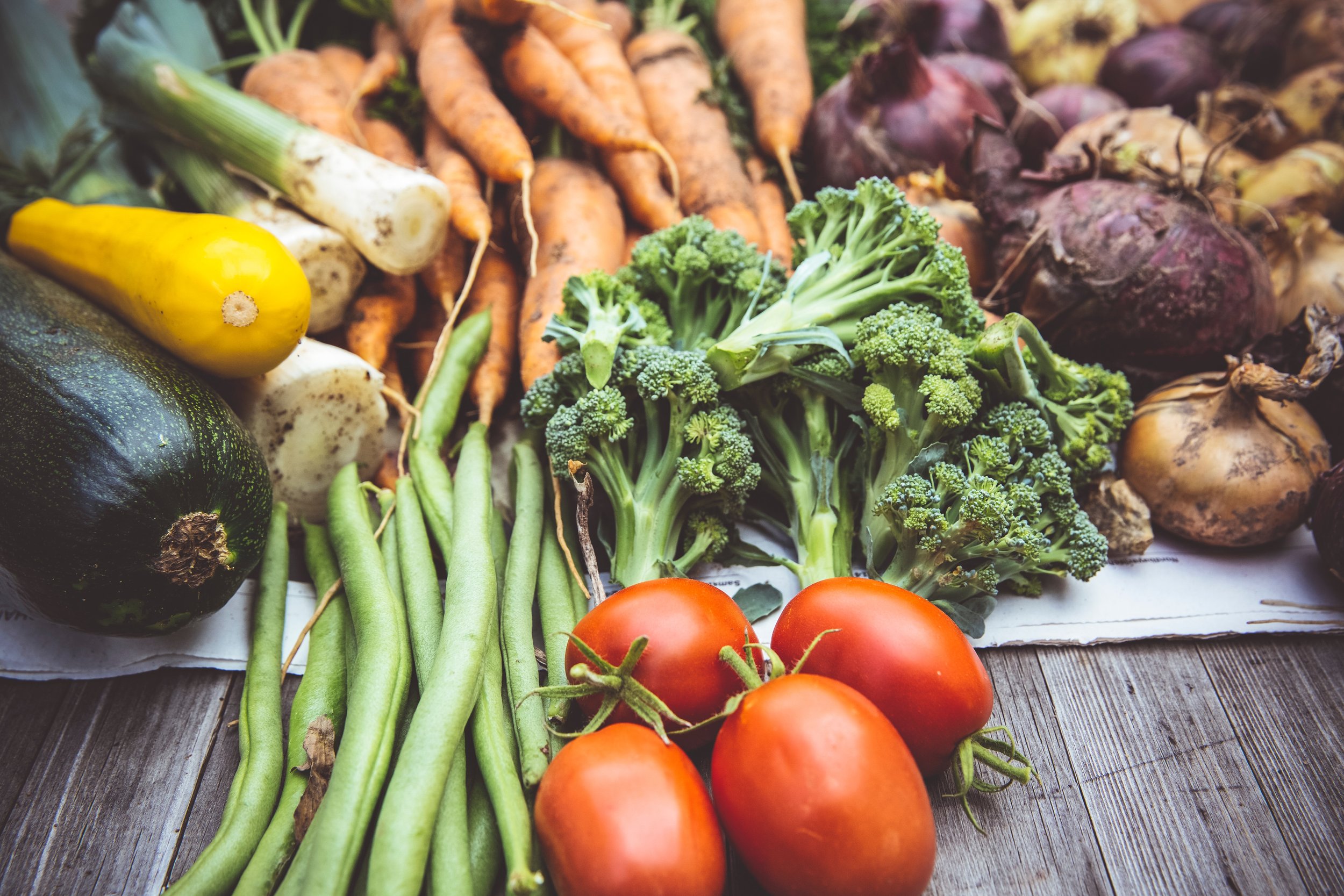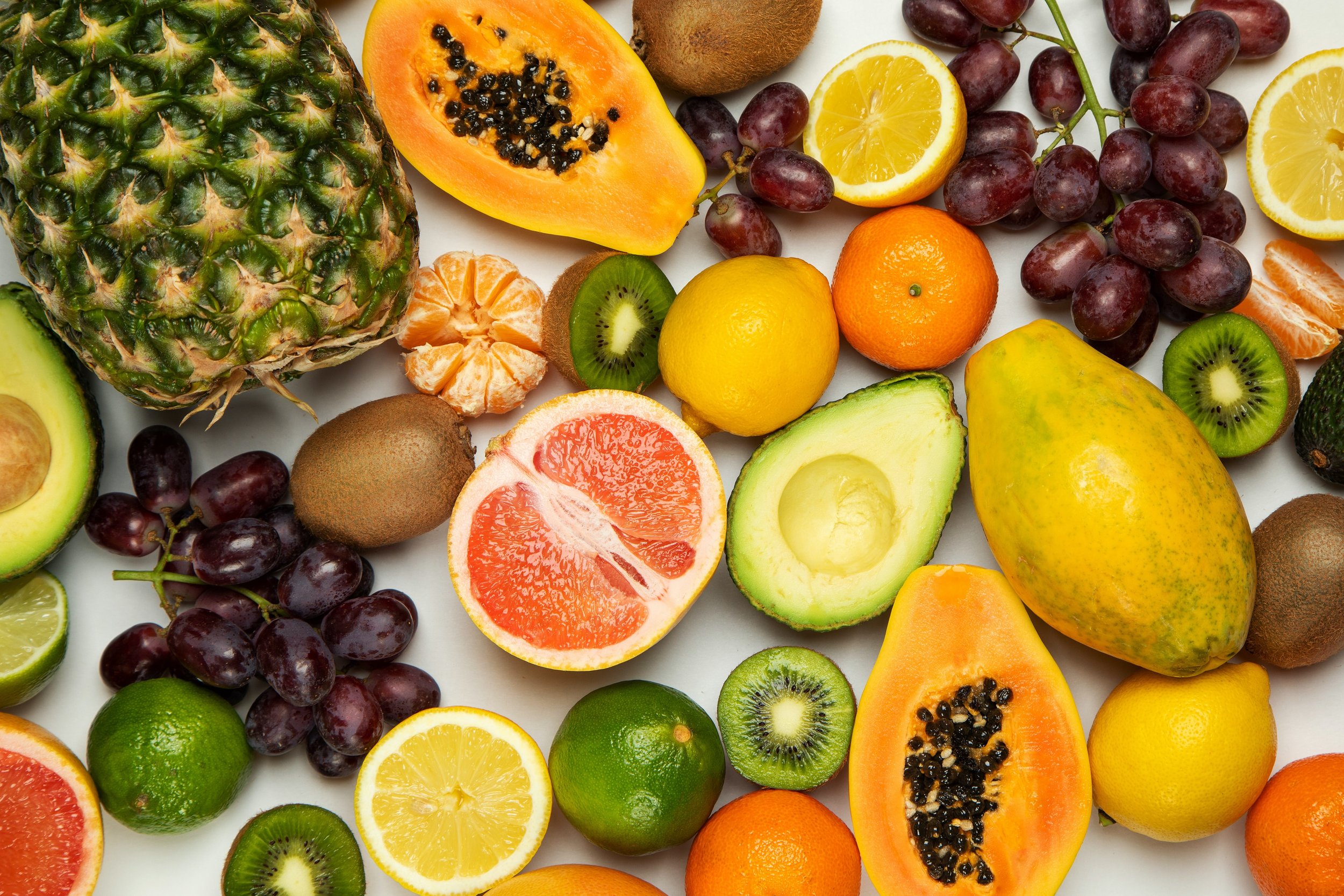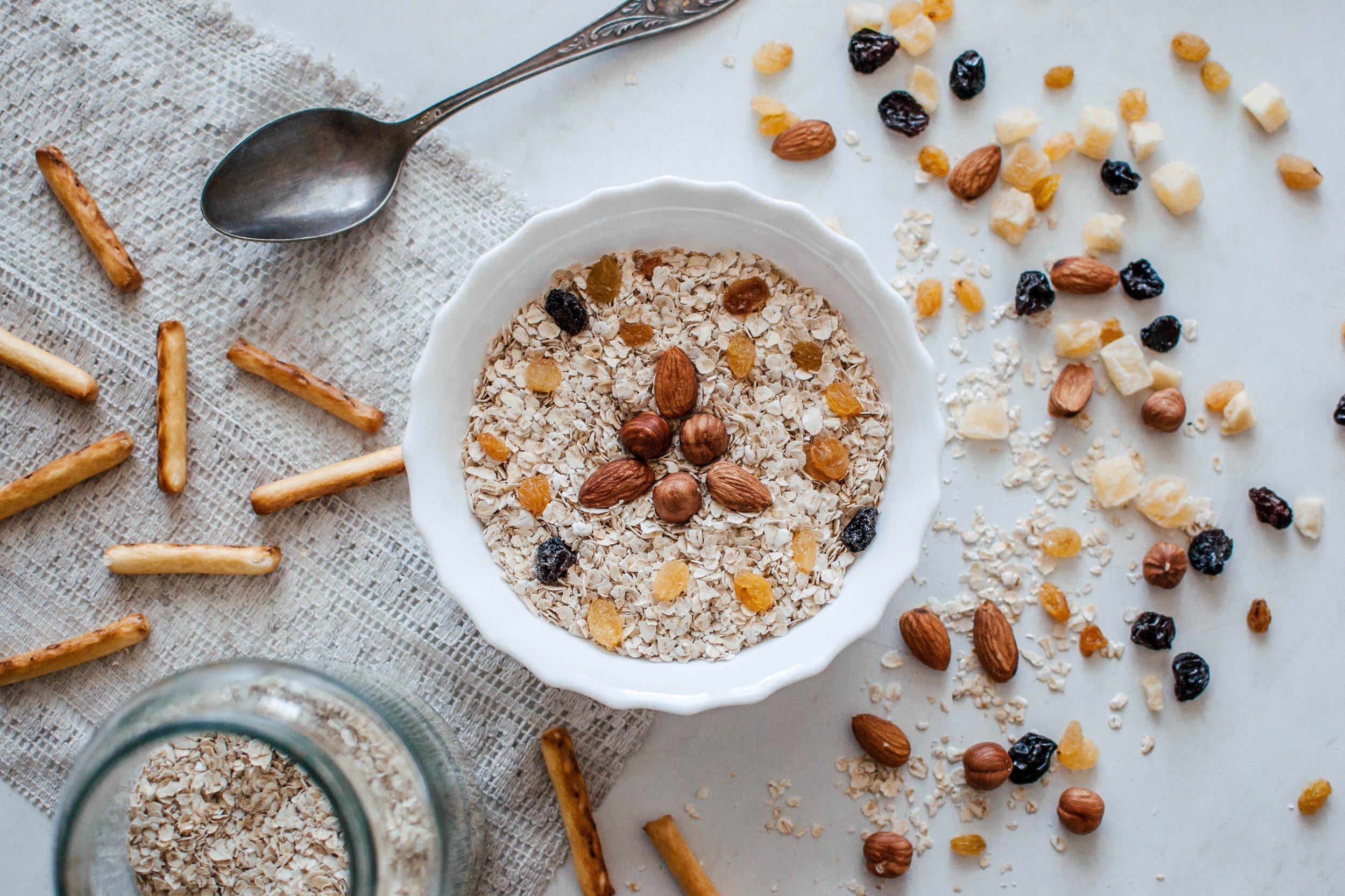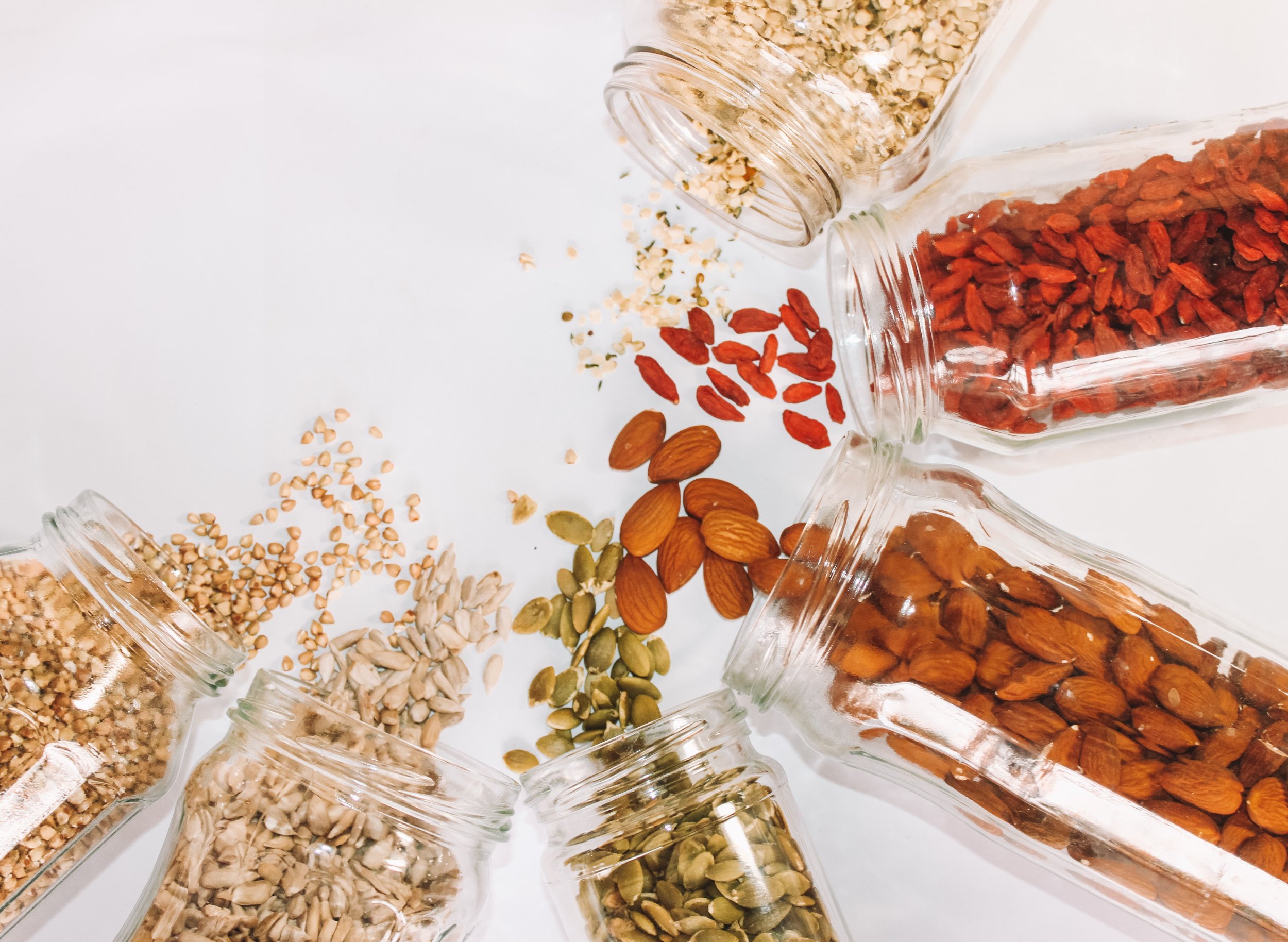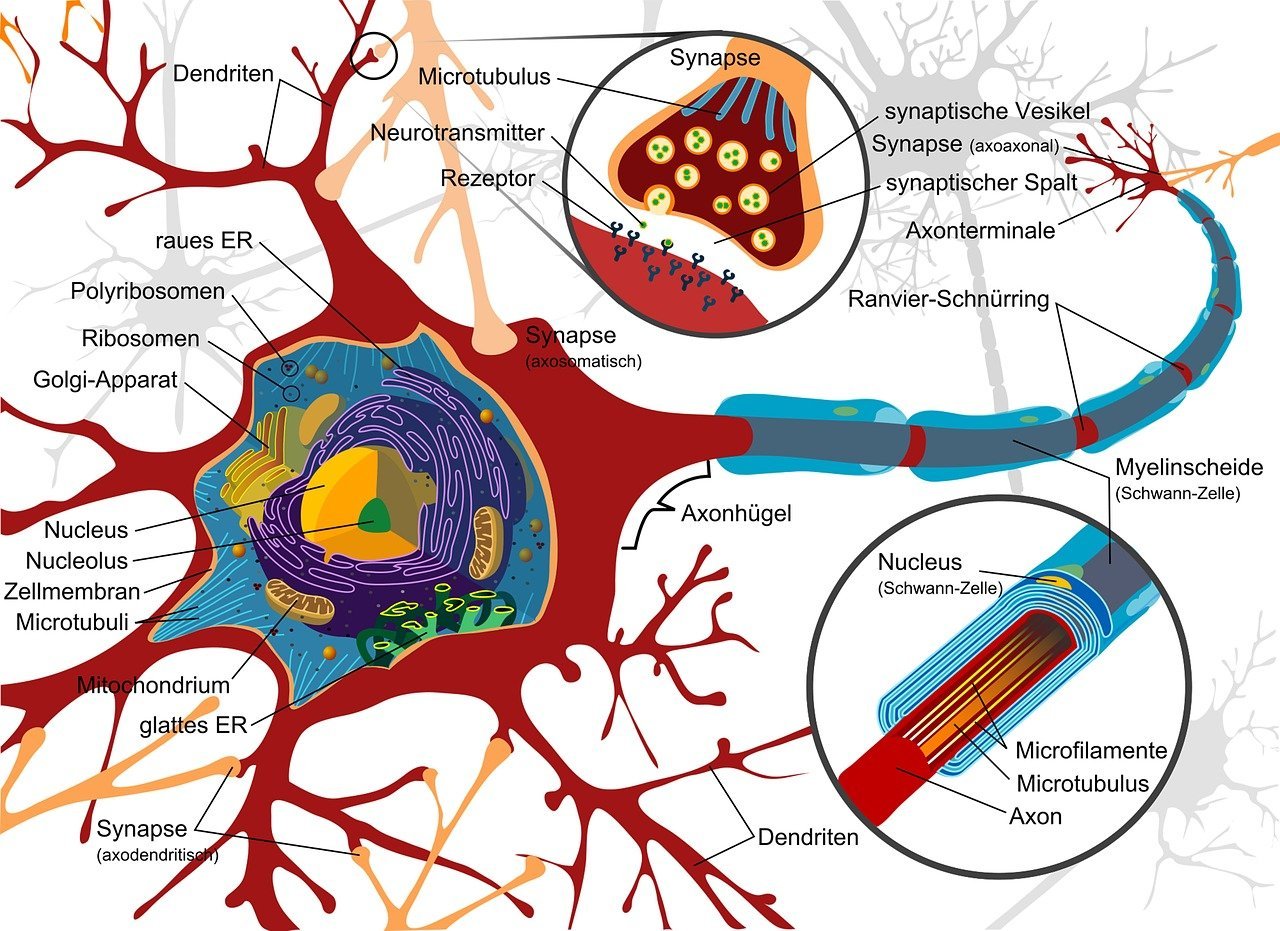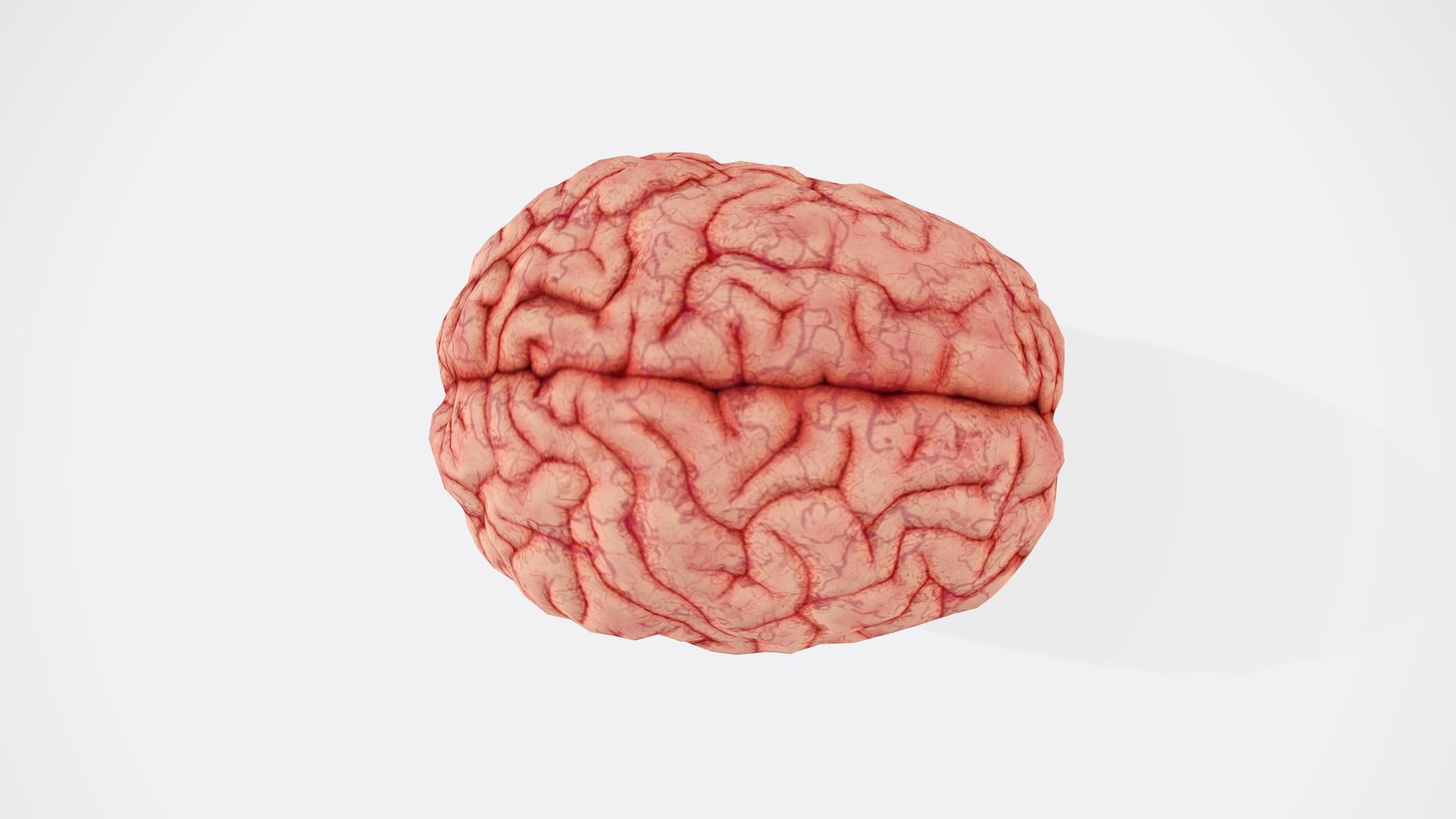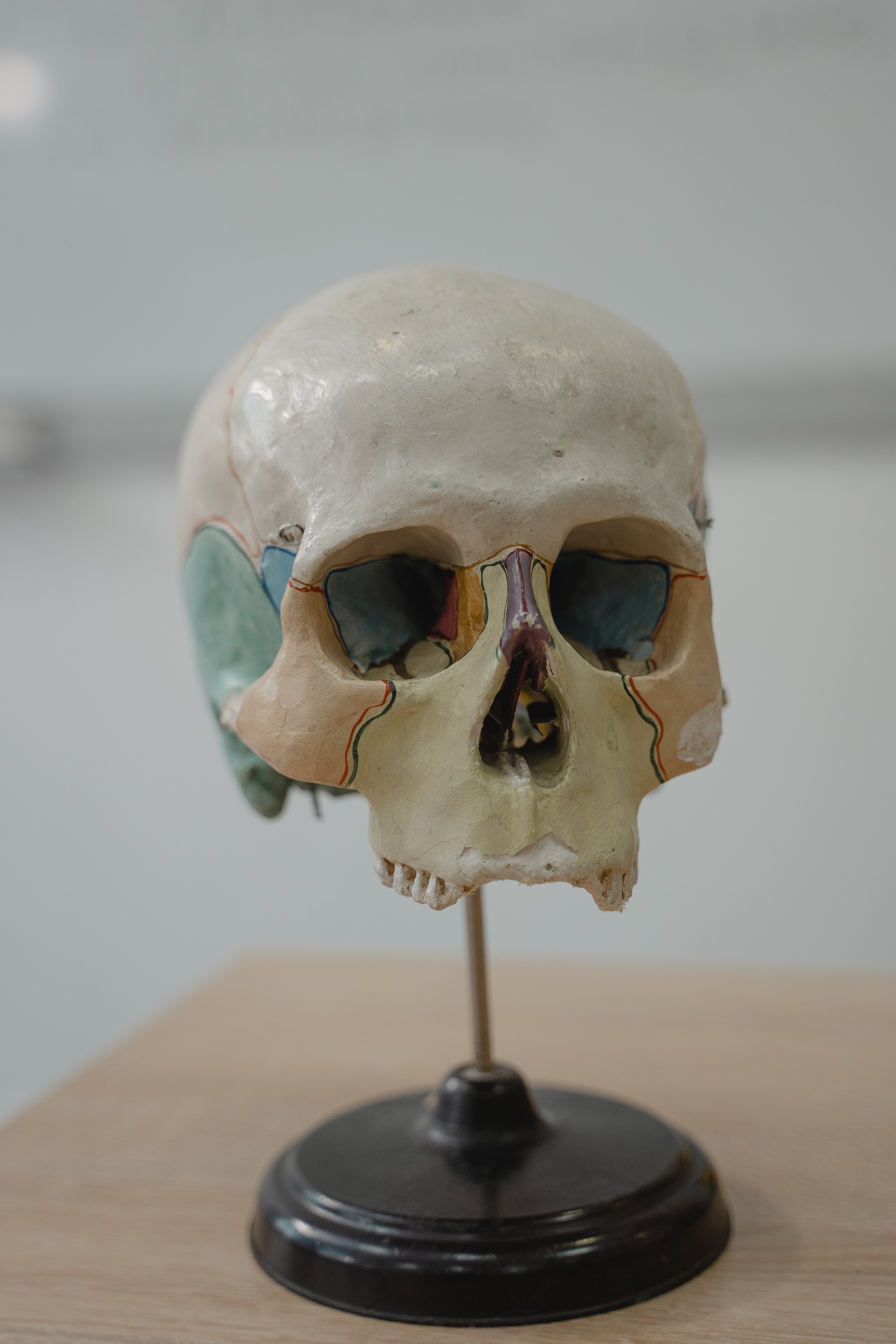Health Update from Lorrie Part 2
/Skip To:
Make sure to subscribe to keep up with the latest discoveries and approaches for Long Covid, ME/CFS and Fibromyalgia.
Full recovery is possible! Get on the waiting list for the Relief & Transformation: Recovering from Long Covid and ME/CFS course. You can also be part of our Membership: Managing Long Covid and ME/CFS program or schedule a “Best Next Step” Health Strategy Consultation.
Update of the Parasite Cleanse
I want to provide you with an update because, in just the past week since I recorded the initial update, I have seen some truly remarkable results. In the upcoming section, I'll be sharing images of things that I've eliminated, which are quite astonishing.
You might be surprised because I certainly was when I first saw it. I understand that not everyone wants to see what's in my toilet. However, if you've been dealing with chronic symptoms and illnesses, I believe it's crucial to drive home the point about what might be inside your body.
To provide some context, I've been undergoing a parasite cleanse. I went through an eight-month period using a regimen I refer to as "stacked medications," primarily targeting tapeworms.
This might provide you with a clue about what's ahead. Initially, I thought I didn't have any tapeworms, but I continued to experience symptoms, as I mentioned in the previous update. Specifically, I'm focusing on addressing fibroids and perimenopausal symptoms.
I've been dealing with hormone imbalances, and to help me function better, I've started using bioidentical hormones as a kind of support. My symptoms didn't include hot flashes, but I did experience issues with:
Energy levels
Night sweats
Mood swings, and similar concerns for a while.
Anyhow, I opted for a rather advanced approach. I would advise this approach only to individuals who, like myself, have already undergone an eight-month treatment, which effectively addressed my lifelong fibromyalgia symptoms. However, when perimenopausal and fibroid symptoms began emerging, I realized that I still had parasites in my system that needed to be addressed.
Currently, I've exclusively adopted an approach centered around a supplement company called CellCore. I've been using these products with my students as well. If you're interested in using these products, feel free to contact me, and I can provide you with the patient code because they are highly effective. In addition to the eight-month treatment I previously mentioned, I've also been using CellCore products at elevated levels.
I've been using these products at levels far exceeding the recommended doses because I had already gone through extensive cleansing. Despite my efforts, I wasn't seeing the desired results. I even tried full moon cleanses and the most advanced, albeit less commonly promoted, intense cleanses. Although I experienced some mild discomfort, there were no significant changes.
The Para One Challenge
Then, a significant development occurred with something known as the Para One challenge. This particular CellCore product, Para One, is a unique herb that not only paralyzes parasites but also possesses a gel-like quality. It immobilizes the parasites and then adheres to them, facilitating their removal from the body.
I followed my intuition and decided it was time for a liver and gallbladder flush. I started on a modified version of the flush, which includes a day of fasting. The following morning, I still didn't feel like eating.
I wasn't feeling hungry, so I decided to continue fasting. I've done extended fasts before, and while they are beneficial, I realized that if I were going to do an extended fast, I should also incorporate the Para One challenge. It's important to note that after completing a liver and gallbladder flush, you should wait for a couple of days before starting any form of parasite cleanse.
It's important to allow your liver and gallbladder some rest before proceeding with a cleanse after the liver and gallbladder flush. So, on the third day of my complete water fast, I was only consuming water, electrolytes, and a type of tea known as Cystitis tea, which targets biofilm. On that third day, I initiated the Para One challenge, which entails taking two capsules of this specific Para One supplement.
For six to eight hours, I took these capsules every hour, starting in the afternoon. I began to experience irritability and cravings, which was unusual because I hadn't been hungry at all. Normally, during an extended fast, day two is the most challenging, when you tend to feel irritable and have food cravings.
On day two, I hadn't experienced any cravings. However, in the afternoon, because I had been taking those Para One capsules, I suddenly had strong cravings for cake, ice cream, and chocolate, even though I hadn't desired or consumed those treats for years. I began to wonder if these cravings were linked to the Para One challenge. The cravings intensified as time passed, but I resisted and didn't eat anything.
That night, I had a dream in which I indulged in cake, ice cream, chocolate, and various sweets like donuts. When I woke up the next morning, I felt miserable. It's important to note that alongside this experience, I was also implementing other measures to support the detoxification process.
When you experience parasite die-off or fasting, your body eliminates a significant amount of toxins. It's essential to ensure that you're actively supporting this detoxification process, which is precisely what I was doing in a rather thorough manner. I'll discuss these details in a future podcast or blog post.
Importance of detoxification during a cleanse.
The next morning, I woke up feeling unwell and took the steps I'm familiar with to support my body's detoxification process. What I began to eliminate from my body was unexpected and quite different from what I had anticipated. I'll now share some images to illustrate this, but if you think it might be unsettling for you, feel free to skip this part.
To deal with content that I prefer not to see, I typically use this approach, as I avoid watching scary material. Now, I'll describe what I was eliminating from my body. If you'd rather not read this part, you can skip ahead.
Results From the Parasite Cleanse.
Regularly, roughly every two to three hours, I was excreting worms that measured 20 inches or more in length. I'm confident they were worms for two reasons. Firstly, I felt significantly better after passing them. Secondly, I subsequently undertook a milder version of the Para One challenge.
I haven't passed anything similar to those since the Para One challenge. It was the Para One treatment that led to the elimination of these 20 to 24-inch worms, with the longest being 24 inches. Alongside those, I expelled at least four of these 20-plus inch parasites. Besides these, there were numerous worms measuring 10 to 20 inches, as well as various other unusual and unfamiliar substances.
I continued to experience this for the next three days. It's important to note that I hadn't been consuming any food during this time, so I wasn't passing any food-related substances. This persisted from day three to day six, including the morning of the sixth day. I eventually broke my fast, either on the fifth or the sixth day—I can't recall exactly. To be honest, I'm still amazed by the whole experience.
Feel free to examine those images, and now I'll share what transpired. You can start listening again if you skip the image discussion.I recommend checking out my YouTube channel to view those pictures. After concluding the fast and the Para One challenge, I felt absolutely fine the following day.
Initially, I didn't notice any significant changes. It wasn't a dramatic transformation right away. However, on the day after, I suddenly realized I was strolling around the house and singing out loud. It struck me that ever since I had COVID, my voice had been severely affected.
Before, I used to work as a professional singer, but my voice had been so impaired that I couldn't sing anymore. Even my speaking voice had been severely affected, making it very challenging. I believe some of you may have encountered similar issues. However, after the Para One challenge, my experience was completely different.
I hadn't sung in many, many years, so it wasn't perfect, but actually, it was fantastic. What's more, I also remembered that the night before, I had spontaneously burst into song, and it felt different, better, and genuinely enjoyable.
That's a significant change for me, and I find it quite baffling because I don't have a precise understanding of the connection between these events. However, it's evident that the worms or parasites must have been producing something or interfering with nerves in some way, affecting my vocal cords and throat, which had been causing issues with my singing and speaking voice.
The transformation in my voice was remarkable. However, my fibroids have remained unchanged, and I don't anticipate them disappearing overnight. In my perspective, fibroids act as a form of protection for the body, safeguarding it from an underlying issue. To address this problem effectively, it's not only the issue itself that needs attention but also the scar tissue surrounding it.
It's essential to address both the core issue and the surrounding tissue. The process of addressing the surrounding tissue may take some additional time. As for my hormones, I'm uncertain of the impact because I'm currently using bioidentical hormones. However, we'll find out next month when I get my hormone levels checked, and I anticipate that there will be changes.
I'm quite certain it has changed. In terms of my energy levels, I do believe there has been an improvement. However, when it comes to tapeworms, which is what I suspect they were due to their length, their impact on your body is subtle and accumulates over time. Given their considerable length, it's plausible that they had resided inside my body for decades.
Considering the prolonged symptoms I've experienced, it makes perfect sense. So, that's the update for now. If you have any questions, please don't hesitate to ask. I share my journey with you to emphasize that even after extensive parasite treatment if you continue to experience symptoms, there may be more to address.
This situation reaffirms my belief that persistent symptoms can be attributed to lingering parasites. It's a powerful reminder that there is hope. If your symptoms are connected to these issues, there are effective solutions. While it does require time and dedication, especially when guided by knowledgeable professionals like myself, it's a journey worth taking.
Having the right guidance can significantly ease this journey, making it more manageable. Remember, it's possible to reach your goals. Wishing you a fantastic day filled with love, and I'll catch you in the next episode.
I genuinely hope you found our discussion insightful and beneficial, as that's my ultimate aim. If you did, I'd greatly appreciate it if you could take a moment to leave a review on your preferred podcast platform
Your support in leaving a review would be tremendously valuable, not only for our improvement but also for helping others discover the blog. If you know someone grappling with ME/CFS, long COVID, fibromyalgia, or any chronic illness, please consider sharing this blog with them. My mission is to reach as many people as possible, offering hope, assistance, and sharing effective strategies for their healing journey. Remember, you're not alone in this; we're all in it together, learning, growing, and healing. I look forward to our next encounter.
DISCLAIMER: The information offered is for informational and educational purposes only. It is not intended as a substitute for medical or psychological care or advice. Consult your physician or other health care provider regarding your symptoms and medical and psychological needs.
